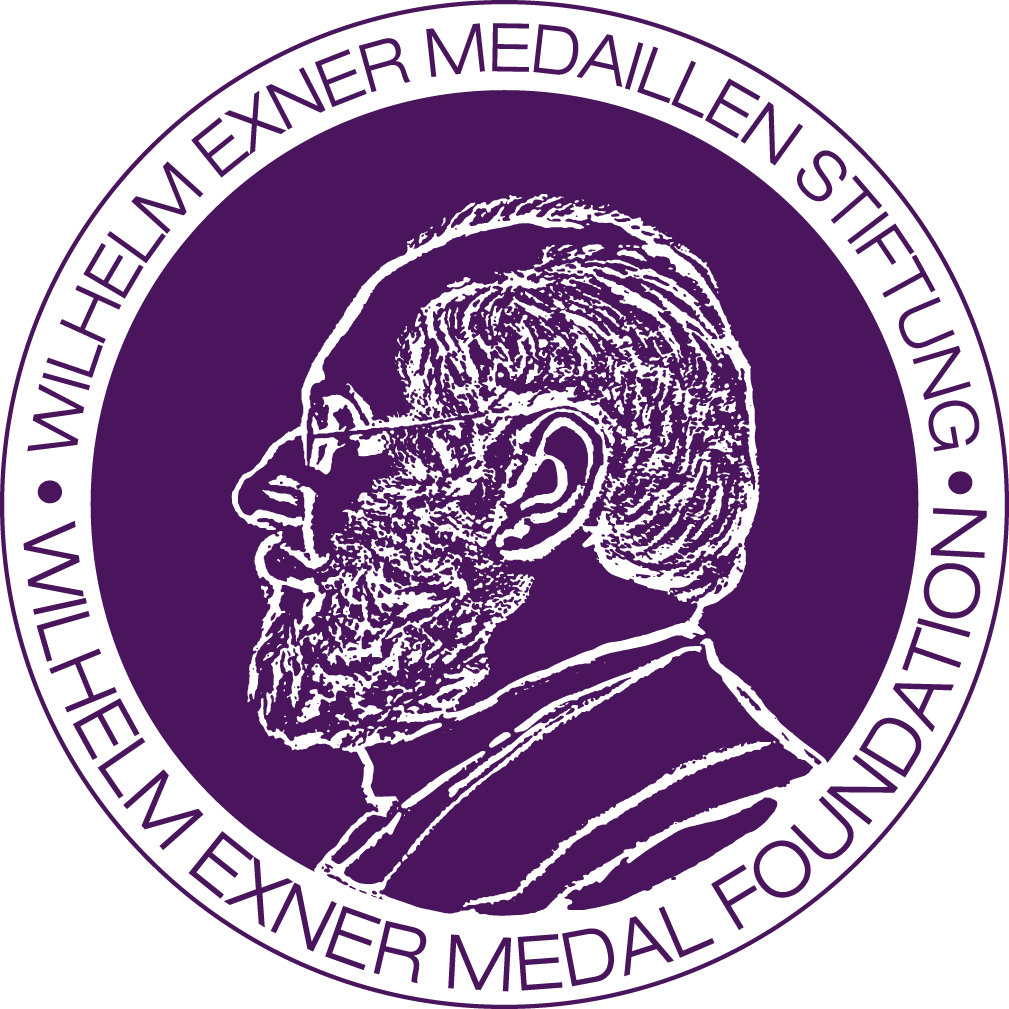
Originally, Riegl Laser Measurement Systems GmbH, based in Horn, Lower Austria, specialized in the generation of equipment for positioning survey vessels. As managing director, Andreas Ullrich, who studied surveying technology at the Vienna University of Technology and is currently also a lecturer there, transformed Riegl from an equipment manufacturer to a system provider in the laser sector.
However, the innovative scientist remained true to the company’s original metrological tasks and developed high-tech applications that are currently used in space, but also for such everyday purposes as radar speed monitoring by the police. In the beginning, the company was commissioned by the European Space Agency (ESA) to investigate possible applications of lasers in space research and technology. This developed into a broad and highly specialized product range, because both in space and in radar monitoring of road users, the highest technical performance and quality are required. Ullrich has proven time and again that it can meet these requirements. One example is the market launch of three-dimensional scanning systems, so-called laser scanners, as early as 1998. This innovation meant the definitive entrepreneurial breakthrough and catapulted Riegl Laser Measurement Systems GmbH to the top of the world. The practical applications of laser scanners are very broad, ranging for example from surveying technology to architecture, from monument protection to archaeology, or from industrial plant construction to industrial automation.
As a result, Andreas Ullrich in Horn developed further applications based on his know-how lead in laser technology. In 2003, for example, he introduced space-qualified laser radar, which is used for the automatic docking of the European and Japanese supply modules to the International Space Station ISS. The device, which was developed entirely in Austria and manufactured in Germany and weighs around two and a half kilograms, measures the time between the emission of a laser pulse and the arrival of the reflected beam and uses this to calculate the distance between the transmitter and the reflector with an accuracy of a few millimeters.

